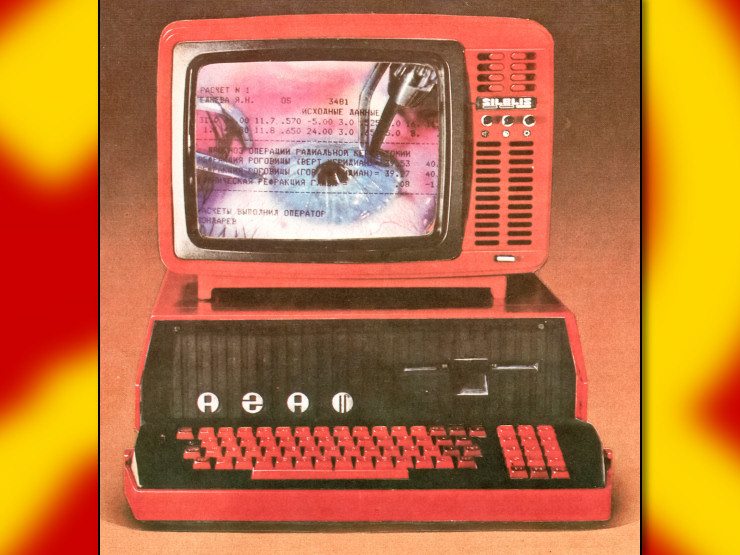Recent example is Intel dropping the i from their CPU branding. What was an Intel Core i7 is now an "Intel Core Ultra 7". This is a bizarre choice. The i3, i5, and i7 branding is very much a household name, and they're just throwing that away.
Infinitely worse, they've also thrown out their low end Pentium and Celeron CPU branding. Now they're simply calling them all a generic "Intel Processor". What the actual fuck? People avoid Pentiums and Celerons because they're widely regarded the absolute bottom of the silicon barrel. Now instead of "don't get a Celeron, it's practically e-waste" it's going to be "don't get an INTEL PROCESSOR, it's practically e-waste". Holy shit.
A bunch of rich fucking failchildren got paid the big bucks for these ideas meanwhile I'm making min wage working infinitely harder while actually producing a non-negative surplus value for my employer to steal.


The simplest way I describe it is
Generation X (this is a name or a number)
Low budget, Medium budget, High budget. (a second name, or a second number)
4060 - 4000 series (generation) (60 = low budget/70 = medium/80 = high)
This holds true for most generations of tech hardware products regardless of whether they use names, numbers or a combination of the two.
Yeah the numbers in desktop CPU and GPU names are usually pretty straight forward. I think it's the suffixes after the numbers that tend to trip people up, the new RTX 4070 "Ti Super" takes the cake there.
On the other hand, it's usually mobile chips where the naming get ridiculous.
Nvidia was good about it for the most part until around RTX got started, at that point they dropped the m suffix from their laptop GPUs. This misleads a ton of people into thinking they are actually similar to the desktop parts in performance. For example, the desktop RTX 4070 has 12GB of VRAM and has comparable gaming performance to a 3090. Meanwhile the laptop RTX 4070 has 8GB of VRAM and performs between a desktop 3060 and 3060 Ti. It's very scummy the two chips share the exact same name.
AMD does this thing where the third digit in their laptop CPUs denotes architecture instead of relative performance, misleading people into thinking the first number indicating generation also indicates architecture. The 7420U and the 7640U are in the same generation despite the former being all the way back on Zen 2 and the latter on the latest Zen 4.
And I have no idea what the fuck Intel was doing with their mobile chips even before the meteor lake rebranding. My laptop contains an 11th gen i7-1165G7, it's built on Intel's 10nm node. Its 10th gen predecessor, the i7-1065G7, was also on 10nm. Here they decided to use the suffixes G1, G4, and G7 to indicate iGPU performance tiers. Before those two CPUs, the equivalent product segment used the more traditional format, an example being the i7-8650U where the U denotes low power. But at the same time there existed the i7-10610U. It's in the same generation as the i7-1065G7, but built on the older 14nm node. Something about that name is apparently supposed to denote the process node but I have no idea what it is.
After just two generations, Intel decided to drop the iGPU suffixes. The i7-1165G7's successor was just the i7-1265U. For impossible to comprehend reasons, they didn't return the fifth digit that the G7 suffix originally pushed off. Then the 12th and 13th gen mobile chips end up easily mistaken for first gen chips because their model numbers start with a 1 without any context for whether the second number is also part of the generation number.
Oh god I thought they stopped doing the fucking laptop part naming shit where it's the same name but a totally different part